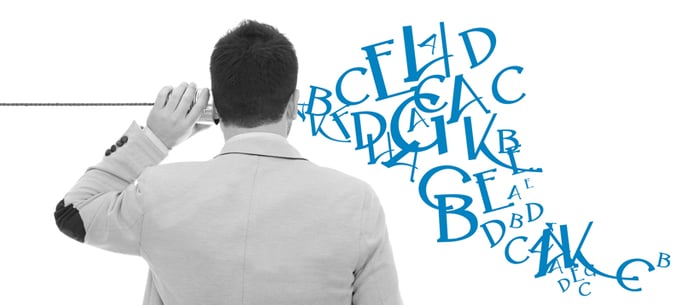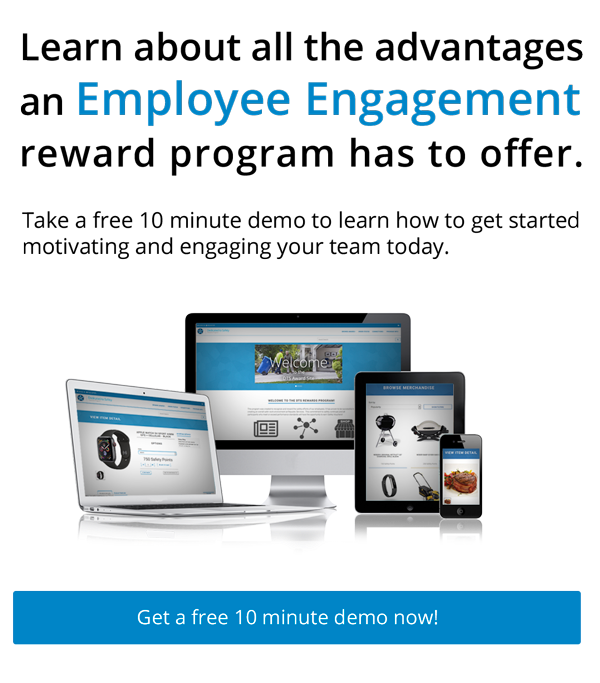
An article entitled Five Secrets to Motivate and Retain Employees was recently published by ThriveGlobal. The author is a career coach…but notably, not an incentive professional or specialist in the reward and recognition field.
While it’s always helpful to have positive buzz around the benefits of employee incentive, reward and recognition programs, there is still a lot of misinformation about the theory and structure of these programs – and this article is an example.
The author correctly reports that the majority of today’s workforce is not engaged, and further confirms that companies with highly engaged employees earn higher revenue and in general, perform better.
We have our own thoughts on tips for increasing engagement, and feel the article takes a wrong turn in the section that offers tips for corporate clients:
- Connect: only 40% of today’s workforce knew about company goals and strategies. One of the most important aspects of employee incentive and recognition programs is to connect those dots. Employee goals and objectives should be directly tied to company initiatives – and incentive programs are an excellent way to communicate those initiatives.
- Financial Incentives. The author suggests that the stronger connection you can make between an employee’s bank account and their success, the better. We respectfully disagree! That is an excellent suggestion for a compensation model, but cash incentives are not as effective as tangible rewards or experiences. In fact, cash incentives are often confused with compensation, blurring the line between what is expected within an employee’s job responsibilities, and the reward for achieving additional and short-term specific objectives or going “above and beyond”. In our opinion, using cash to reward employee is advice that can backfire.
- Honor and create a professional persona. The author suggests keeping a direct line of communication with employees. We wholeheartedly agree with this but would also add that it’s critical that managers are empowered with easy to use communication tools and trained in how to administer rewards and recognition. (see point #4!)
- Positive Reinforcement. This is a major component of a properly designed reward and recognition program. Because many companies do not have in-house experience designing effective employee incentive, reward and recognition programs, it’s imperative to partner with an incentive professional that can guide you through a program design process that avoids pitfalls and covers all of the bases. It’s also important to brand your program so that it’s consistent with your own company brand attributes and marketing messages.
- Don’t sweat the small stuff. And by that, the author means don’t micromanage. We agree – but again, a properly structured employee reward and recognition program provides clear guidelines as to what is expected of the participants; makes sure that they have the resources necessary to achieve the goals, and communicates, measures progress and provides feedback throughout the program.
This author obviously means well and believes that she’s offering useful information to her clients as to how to increase employee engagement. This is one more example of the type of well-meaning misinformation that is in the business community.
Avoid unintended consequences that often occur when employee programs are not designed by professionals. Partner with an experienced firm to help design your program and watch your business improve on many levels. Contact us to get started today!



